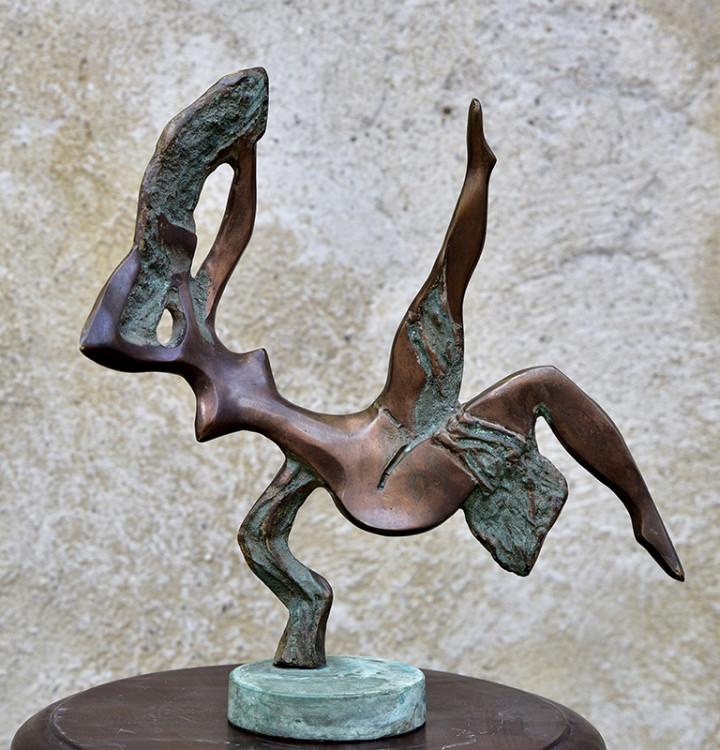
Author: Nadezhda Tzvetkova
The jubilee exhibition planned for 2020 on the occasion of the 60th anniversary of the Plovdivian sculptor Petko Karakolev at Vazrazdane Gallery is thwarted due to COVID-19 and the lockdown in the whole country. Two years later, the artist will make a retrospective of his work. More than 20 small bronze sculptures and several paintings will be arranged in the art space in the Old Town.
The sculptor discovered the power of the parallel world of art in the 3rd grade, when he left for Libya with his family and was enrolled in the Italian lyceum in Benghazi. “Italian children prayed before class, studied, and I didn’t know their language and therefore I painted all the time”, Petko confided. His interest in sculpture emerged while studying at the art school in the town of Troyan. His dream came true in 1987 when he graduated from the Academy of Arts in Moscow with a degree in Architectural and Decorative Sculpture under Prof. Alexander Burganov.
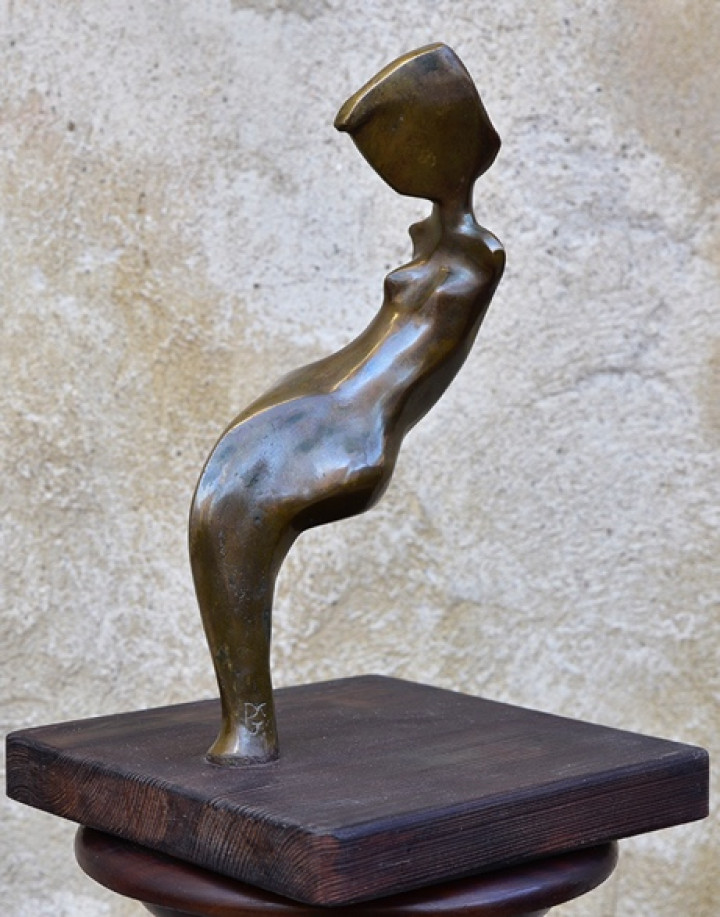
For Petko Karakolev, painting is still the first significant stage in the creation of any sculpture. “Drawing becomes a three-dimensional form, and if the content finds a place in the form and if it is touched by inspiration, then perhaps a sculpture has been created that influences the viewer and attracts him.” According to him, bronze comes to life thanks to talent, inspiration and hard work. The process is lengthy and difficult – “once modeling, molding, casting, casting again, but in metal and then processing the casting again to get only the first modeled shape”. However, time passes imperceptibly, because the sculptor goes into a trance, flashed forward to some magical place and is immersed in his work to such an extent that he does not distinguish day from night.
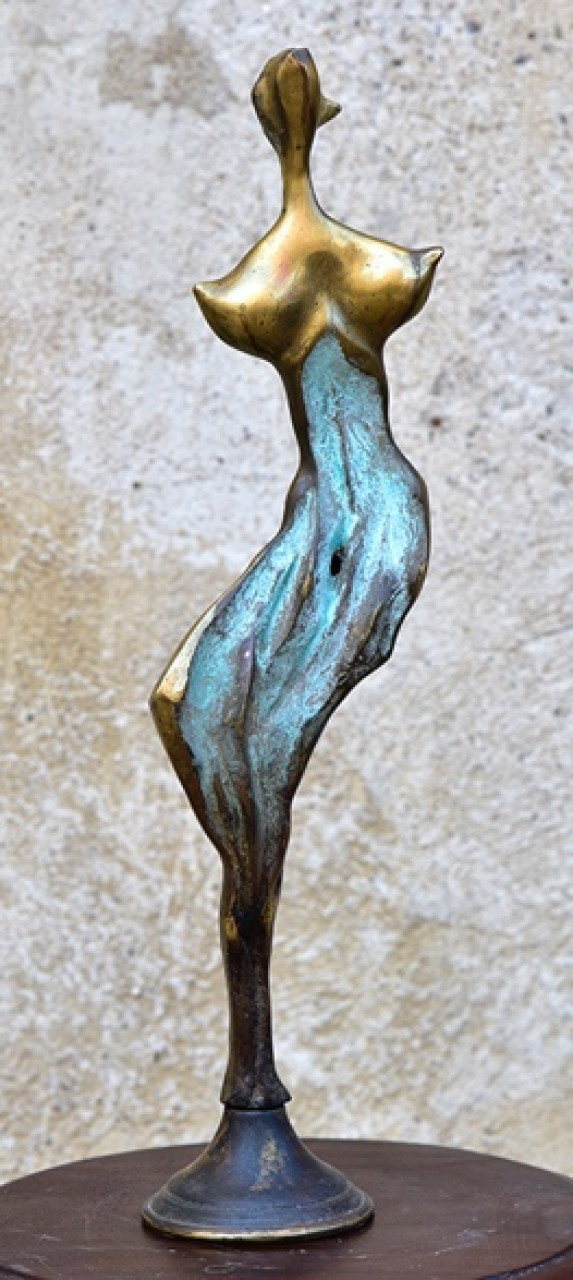
He loves to cast in bronze. The metal alloy permits him to create something strong and stable, yet lacy and ethereal. He has not given up working with stone, with the more massive form, but he is still postponing.
Petko reveals that he is not a slave to a certain style of art. Although he claims that he does not have a trademark, the warmth of his soul and the softness of his character find their plastic expression in the small statues. Each theme is transformed through his subjective creative vision, bearing the imprint of profound tenderness, hidden charm, delicate harmony and dimmed emotionality. Petko Karakolev’s sculptures are devoid of pomposity and unnecessary pathos, but they carry powerful hidden messages, masterfully coded in his figures, representing images-symbols. The author’s form shaping is characterized by sensitivity, expressiveness, urge, movement and dance. Rigidity is completely absent; his bronze sculptures have a pulse, a breath. Although Petko’s longing for Antiquity and Renaissance is felt, his small statues have a modernist, clean and stylized sound.
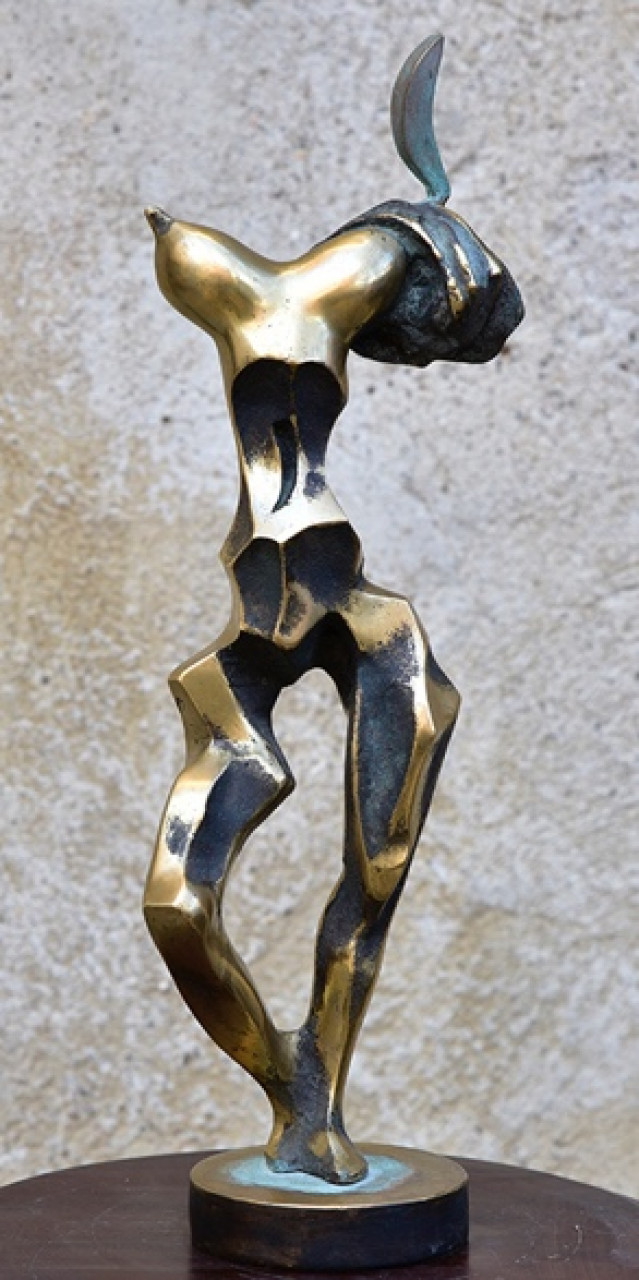
On the occasion of his jubilee exhibition and to my question about his personal message to the audience, expressed through his work, Petko remembers a landmark event. In 1981, during his military service, his commander commissioned the young sculptor to make a figure of a soldier in celebration of Bulgaria's 1300th anniversary. The artist molded an impressive monumental sculpture, about 2.40 meters high, of a Bulgar[1] warrior in full armor – shield, sword, helmet. It became a place where soldiers were taking photos and called the memorial not “The Soldier” but “The Man”. Petko was as surprised as he was grateful. Thus, his message to the people who will visit his exhibition is simple, yet symbolic. “One should be a Man before anything else. Let’s treat each otherwith kindness. “
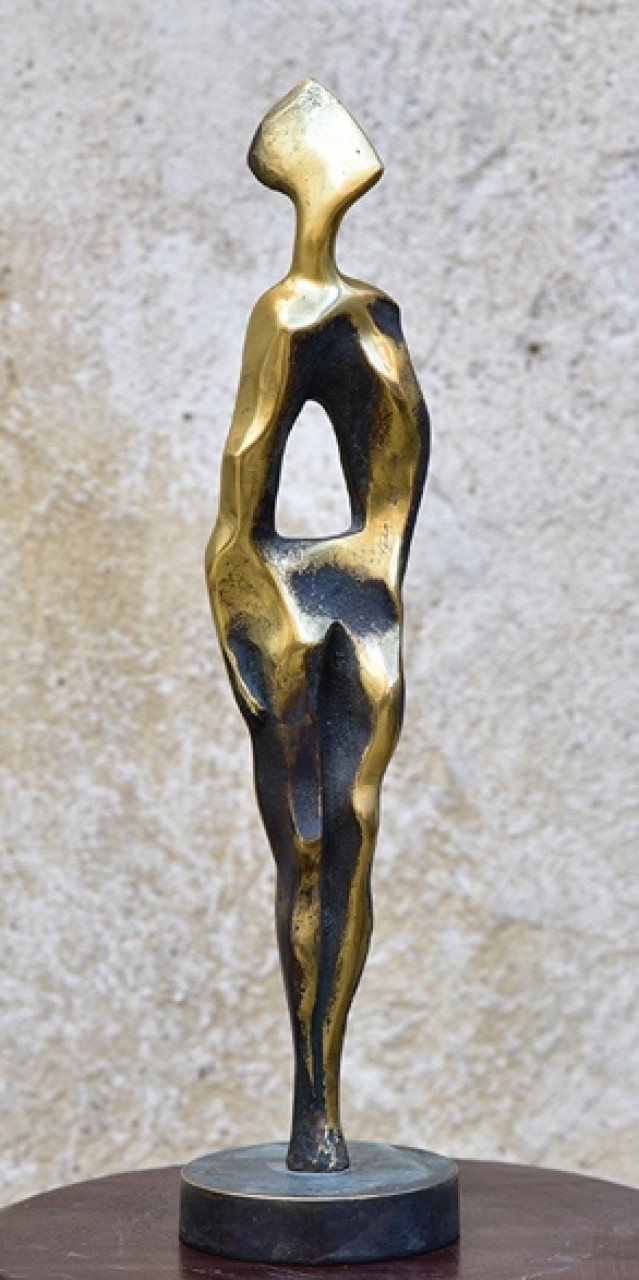
To conclude our conversation, I ask him to imagine a world without art. Initially, he categorically rejects this possibility. He then paints the following picture: “There is no art, all people are robotic, the same, neither laughing nor crying, with the same clothes, the same hairstyles, in the same shoes, standing silently, there is no music, no theater, cinema, no books, no paintings, no sculpture, no architecture, no hobbies, they all look like people sentenced to life in prison, without the right to pardon. Thank God that there is art in our world!”
Thank God indeed!
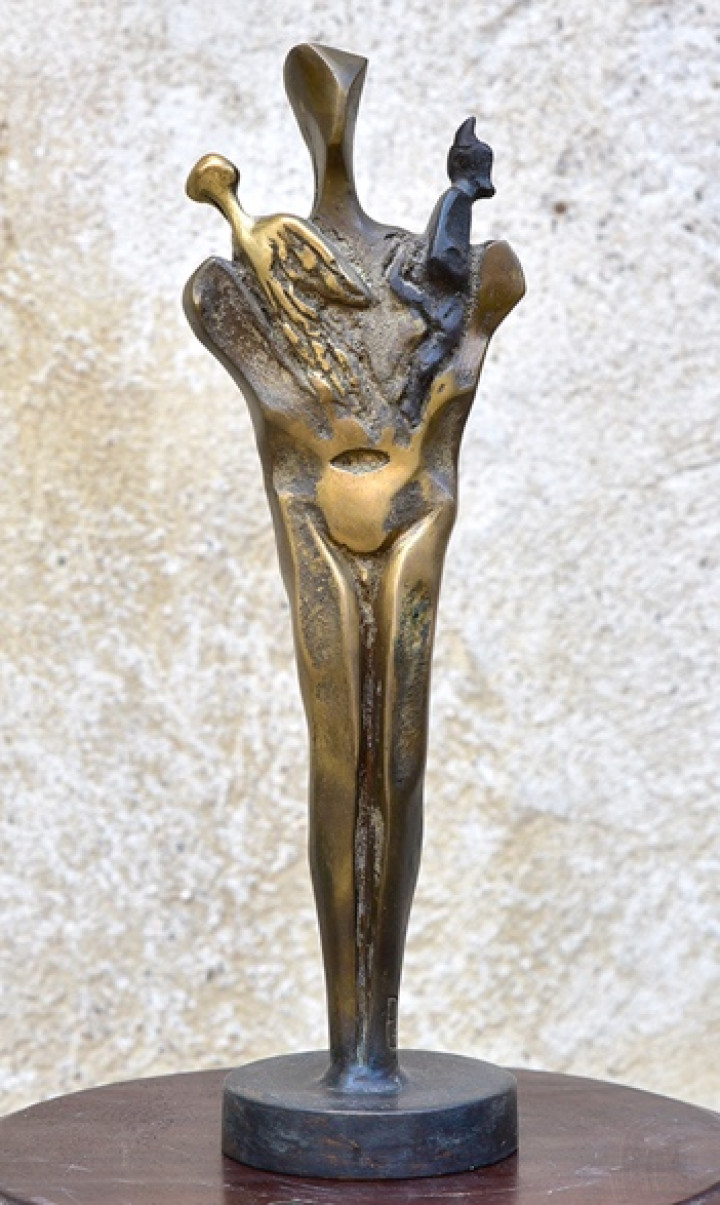
Vazrazdane Gallery invites you to the official opening on 25th of January, 2022, Tuesday, at 18:00. The exhibition will be open for visitors until 14th of February, 2022. The works of art can be viewed virtually, on the website HERE and on the Facebook page of the gallery HERE.
Photographer: Blagovest Popov
[1] A branch of this people was one of the primary three ethnic ancestors of modern Bulgarians (the other two were Thracians and Slavs) or proto-Bulgarian